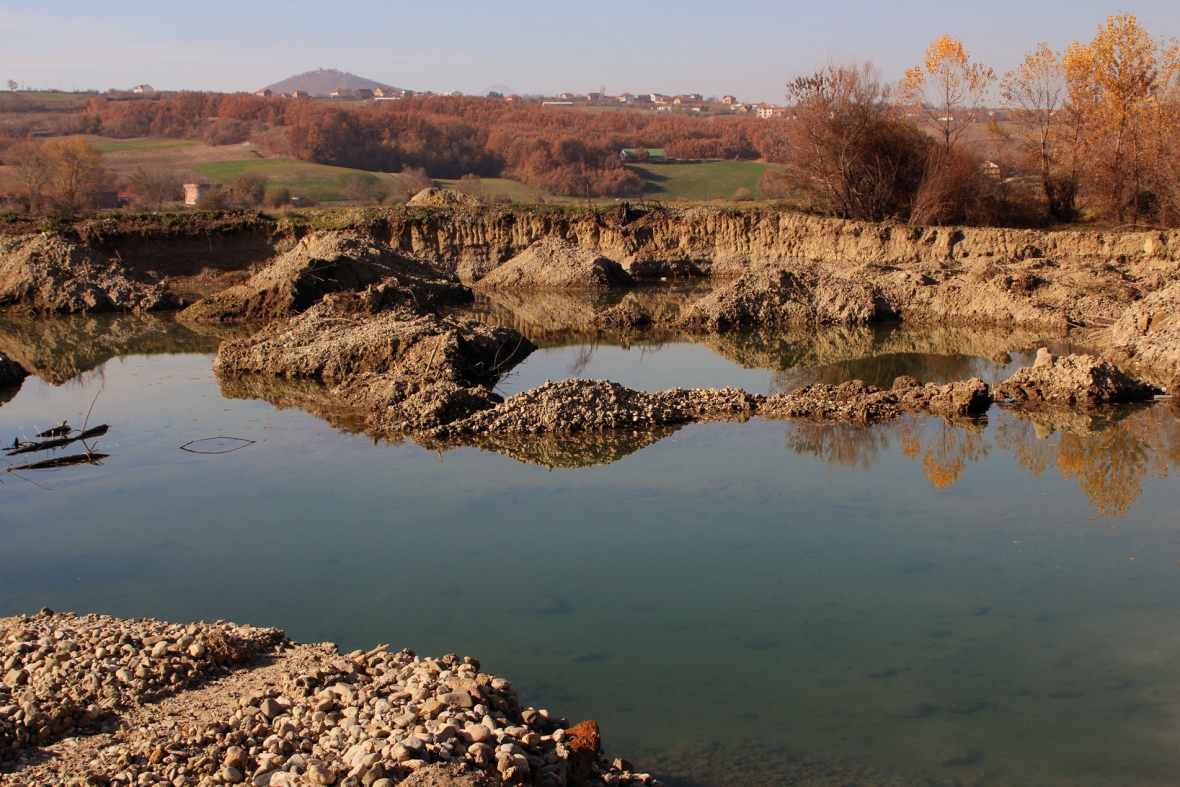Prishtinë, 21 December 2015
Construction industry in postwar Kosovo flourished rapidly but damaged rivers by exploiting sand and grit with no criteria and without hiding from competent institutions.
Illegal exploiters today dominate the sand and grit market. These companies that work without permit respect no criteria during the extraction of sand and grit, and in this way they ruined thousands of hectares of riverbeds and changed the natural course of these rivers.
Independent Commission for Mines and Minerals (KPMM) during 2009 - 2014 evidenced 178 illegal operators which conducted 207 illegal operations. But this is only the number evidenced by KPMM since the real number is much higher.
It is rather difficult to stop illegal operators from exploiting sand and grit because there is a mix of competences among institutions as well as a small number of inspectors. To make matters worse Preportr found that these inspectors who currently do this job are connected to political parties and some of them were caught doing favors for different companies or bribing them.
State institutions have given up in front of illegal exploiters. Heads of institutions and former minister of the Ministry of Environment and Spatial Planning (MMPH), Dardan Gashi, in their discussions with Preportr admitted that the state in these cases proved to be incapable with the excuse that illegal operators were very dangerous and they even used weapons against inspectors.
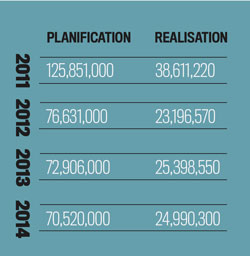 The good news that came in the beginning of 2012 – that the entire activity of legal and illegal exploiters will be suspended – did not produce the desired effect.
The good news that came in the beginning of 2012 – that the entire activity of legal and illegal exploiters will be suspended – did not produce the desired effect.
The decision of the Government of Kosovo to stop this activity was opposed by exploiters who sent the case in the court. In just a few days the Supreme Court took the decision to suspend the decision of the government. However, the government together with organizations and individuals who work in the field of environmental protection filed a complaint in this court, which resulted in the revocation of the previous decision.
Although it looked like a light at the end of the tunnel, this decision was not implemented entirely. A number of institutions was involved in the implementation of this decision. Big words were used – such as those saying that if machinery is not removed KFOR will be invited to help, or even that the fines will reach 100 thousand euros.
These promises and efforts produced little effect. Even at the time when the decision was in place (its time has run out) illegal companies continued to damage rivers, especially those of Rrafshi i Dukagjinit. Some parts of the rivers are damaged. Today too, the situation is quite alarming.
In addition to not being punished, illegal exploiters even got tenders from Kosovo institutions, while some of them were funders of political parties.
Illegals’ market
During research, Preportr got access to the full dossier of licensed companies. After seeing the reports of KPMM, Kosovo Customs, the import and the amount of sand realized by licensed companies, our team concluded that a big part of sand and grit market is covered by unlicensed companies, due to the fact that these companies do not pay taxes and, consequently, their prices are quite lower.
For example, it was found that for one cubic meter a licensed company pays 1.25 euros of taxes. This means that within the first category of sand, which is 0.1, a licensed company sells one cubic meter for 15 euros, whereas unlicensed companies sell it for 10 euros, and sometimes even cheaper. Within the second category of sand, that is 0.2, licensed companies sell one cubic meter for 8 euros, while unlicensed ones sell it for 4-5 euro, and so on.
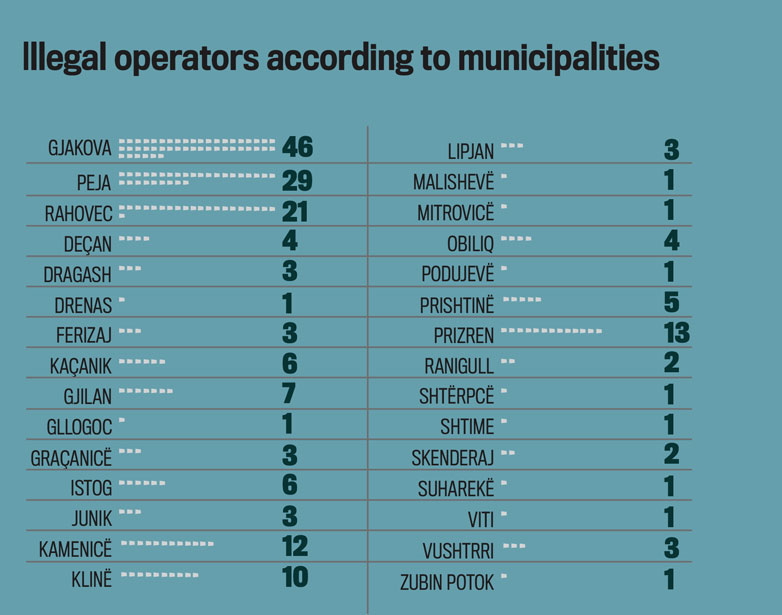
KPMM does not know the exact number of unlicensed companies that operate in Kosovo. It only has the evidence of companies that were caught exploiting sand illegally. From 2009 to 2014 this institution evidenced 178 illegal operators that conducted 207 illegal operations (some companies were caught two or more times exploiting sand and grit).
KPMM had sent some of these cases in court, and identified other companies as illegal operators. In 21 cases KPMM confiscated the machineries of the companies that were caught exploiting sand and grit illegally.
Also, during this research we found that there was no effective control of illegal operators due to the lack of inspectors. The competences in this field lie among different institutions, making the prevention of illegal operations quite difficult.
During this research, Preportr also got the data from Kosovo Customs, which show that Kosovo exports very little sand and grit, while the import is much higher. The allegations that the Kosovo Government decision provides more space for the import of these minerals, especially from Serbia, are not supported by the reports from Kosovo Customs. These reports show that while this decision was in place there was only a slight increase of import of sand and grit, which either way does not manage to cover the domestic marker even averagely.
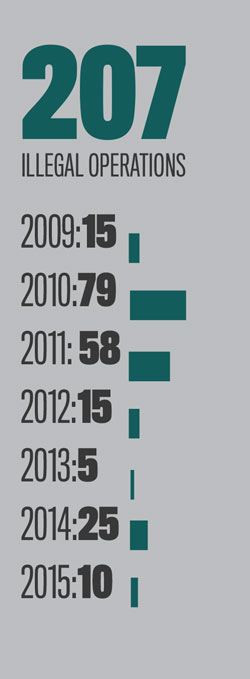 Preportr asked to have access to the reports of licensed companies, which are only 20, in order to see how much each of them planned and realized from 2008 to 2015. KPMM did not grant access to these reports with the excuse of protecting their confidentiality which, according to them, is guaranteed by law.
Preportr asked to have access to the reports of licensed companies, which are only 20, in order to see how much each of them planned and realized from 2008 to 2015. KPMM did not grant access to these reports with the excuse of protecting their confidentiality which, according to them, is guaranteed by law.
“The reports submitted by licensed companies are confidential according to Article 34, paragraph 5 of the Law no. 03/ L-163 on Mines and Minerals”, says the director of KPMM, Midin Bojaxhiu.
However, they invited us to see some of the reports that companies are obliged to submit to KPMM.
In KPMM’s reports Preportr found that licensed companies do not manage to realize even 30-40 percent of the planned amount of sand and grit. For this, they blame unlicensed companies and the inspectorate that does not deal rigorously with these operators. The head of the Association of Exploiters of Sand and Grit, Sami Çeku, owner of “Besniku Q” which exploits sand and grit, says there are around 100 unlicensed companies that do this activity.
Legal exploiters feel neglected
Companies that are licensed to exploit sand and grit which, according to the Law on Waters of Kosovo, have to keep the distance of 150 meters from the rivers to conduct this activity, say that Kosovo institutions are using double standards. They say that they are obliged to give a lot of money in order to get the license and maintain it. We said above that KPMM allowed us to see some reports of these companies, and we saw that they reported not to have exploited sand and grit for months in a row. Their most common reasons are that they cannot afford to exploit these minerals since they cannot sell them because the prices offered by illegal companies are much lower.
“We are forced to suspend our activities for months since we have to make lots of payments. We have to deal with many institutions and this makes our job more difficult. We have to get permits and sign contracts with many institutions”, says Sami Çeku. Çeku, who is a relative of the former KLA commander, Agim Çeku, according to the evidence of illegal operators compiled by KPMM, was caught in 2010 extracting sand and grit illegally.
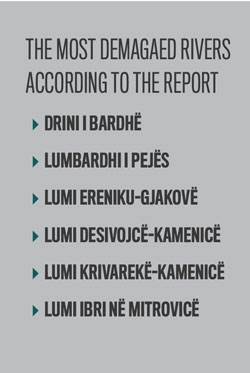 However, officials at KPMM say they have been very tolerant with legal companies. They have never undertaken any punitive measure even when these companies did not manage to fulfill their obligations – in this case, when they did not manage to exploit the sand and grit they planned.
However, officials at KPMM say they have been very tolerant with legal companies. They have never undertaken any punitive measure even when these companies did not manage to fulfill their obligations – in this case, when they did not manage to exploit the sand and grit they planned.
“KPMM did not consider it reasonable to undertake punitive measures due to failure to realize the planned exploitation, since, as you know, the suspension of illegal activities, unfortunately, is not happening. On the other hand, punitive measures would represent an additional burden to legal companies”, say the officials at KPMM.
Hectares of riverbeds were damaged
Since after the war, the construction sector in Kosovo flourished. As a result, there was an increasing demand for sand and grit. Companies made use of this opportunity by placing machineries close to rivers and by exploiting sand and grit with no criteria whatsoever. They even did not need to invest a lot - they just had to buy machineries and start the activity with no obligation towards the state.
Preportr found a report made by Kosovo Agency for Environmental Protection (AKMM), which provides the number of ruined hectares of riverbeds during 2009-2012. According to this report, 1004.77 hectares of river area were damaged in 2009, while in 2012, though the decision of the government was in place, the ruined area reached 1219.23 hectares.
According to these data, the river that suffered the most was Drini i Bardhë, since 861.1 hectares of its area were damaged in 2009, while in 2012 the damaged area of this river reached 1011.75 hectares. After Drini i Bardhë comes Lumbardhi I Pejës. 93.36 hectares of its area were daaged in 2009, while in 2012 the degraded area reached 134.5 hectares.
16.28 hectares of Gjakova’s Ereniku were damaged in 2009. In 2012 this area reached 19.48 hectares.
These data show that the rivers of Rrafshi i Dukagjinit are the ones that were damaged the most by illegal operators, followed by the rivers of the Municipality of Kamenica, while Mitrovica’s Ibër managed to be saved from degradation.
In Kamenica, Desivojcë river in 2009 had 7.76 damaged hectares, while in 2015 the damage was doubled reaching 18.95 of damaged hectares. Krivareka in 2009 had 19.37 damaged hectares, while in 2012 the damage reached 25.26 hectares. In Morava e Binqës there was no major damage during 2009 - 2012. In 2009 it had 4.29 damaged hectares, while in 2012 the damaged area reached 4.79 hectares. It should be noted that the rivers of the Municipality of Kamenica cover a much smaller area compared to those of Rrafshi i Dukagjinit. From 2.64 damaged hectares in 2009, Ibër river reached 4.5 hectares of damaged area in 2012.
A 2010 report on the situation of the waters of Kosovo, made by the Ministry of Environment and Spatial Planning found that the degradation of rivers reached alarming extents, and it mentions some of the most damaged rivers. The most damaged rivers according to this report are in the pond of Drini i Bardhë river, which is the most damaged one, followed by Ereniku and a part of Lumbardhi I Pejës.
The report also draws attention upon the risk from floods. “Among the main factors leading to floods are the unfixed riverbeds and their demolition by sand and grit exploitation with no criteria”.
There is no detailed report on the demolition of rivers by exploitation without criteria. However, Preportr managed to get an internal report made by Kosovo Agency for Environmental Protection, which implies that the situation of rivers from exploitation without criteria is quite serious with tendencies of deterioration, especially when this does not happen only to the big rivers of Rrafshi i Dukagjinit, but also to those of the Municipality of Kamenica, a region known for water scarcity.
“After the decision of the Minister (no. 02/46, from 02.11.2011), the inspectorate of MMPH conducted 103 field inspections of the separation of sand and grid in the entire territory of Kosovo”, says the report. After mentioning the most damaged rivers as a result of these interventions, the 2012 report emphasizes that despite the fact that the decision of Kosovo Government was in place, the majority of operators continued with their activities.
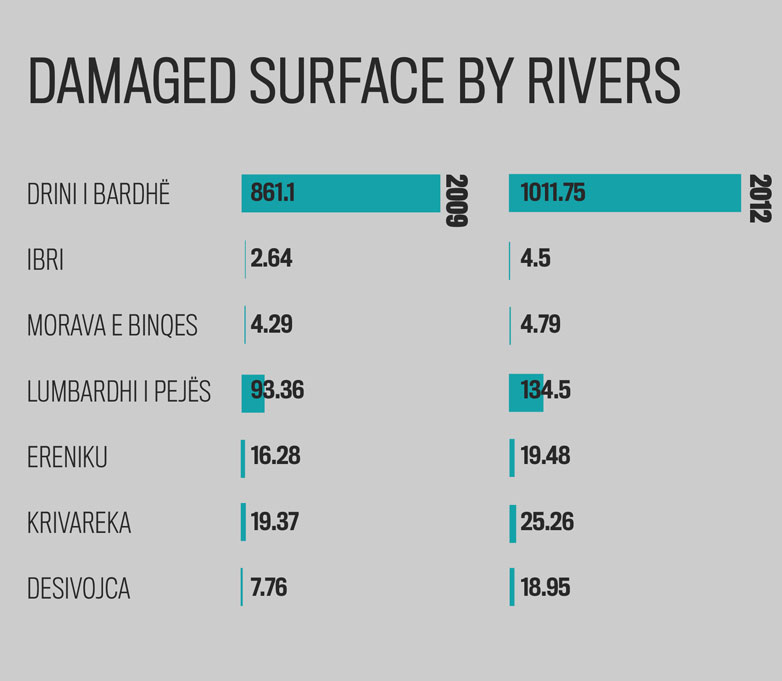
“As a punitive measure towards operators due to their failure to respect the decisions, they received a notice with minutes and some cases were initiated at the Basic Court. As a punitive measure, 34 operators were sent to this Court, and 16 cases were reviewed by the Court at Kosovo level. Also, after the decision no. 02/46, 21 machineries were confiscated with the assistance of KPMM and Kosovo Police”, says the report.
Based on previous reports on the environment, the field visits of MMPH’s inspectorate as well as the visits of the commission for the assessment of the condition of rivers, an evidence of damaged hotspots was produced.
“Based on all sources of information and field visits, we found that the situation of rivers continues to deteriorate to a high extent by exploiters”, says the report.
Less exploiters, more stone pits
The decision of Kosovo Government did not increase the import of sand and grit, but instead empowered another category in order to cover the market of construction demands, i.e. the stone pits which, according to experts, can seriously harm the environment just like sand and grit exploiters.
An evidence of the list of licensed stone pits made by Preportr shows that during 2012- 2015, a period when the decision of Kosovo Government was in place, a high number of stone pits was licensed, doubling the number of the existing ones.
A list of companies licensed for research and use, which is publicly accessible on the webpage of KPMM, shows that after 2010 there was an increased interest of companies applying for research and use of solid stone.
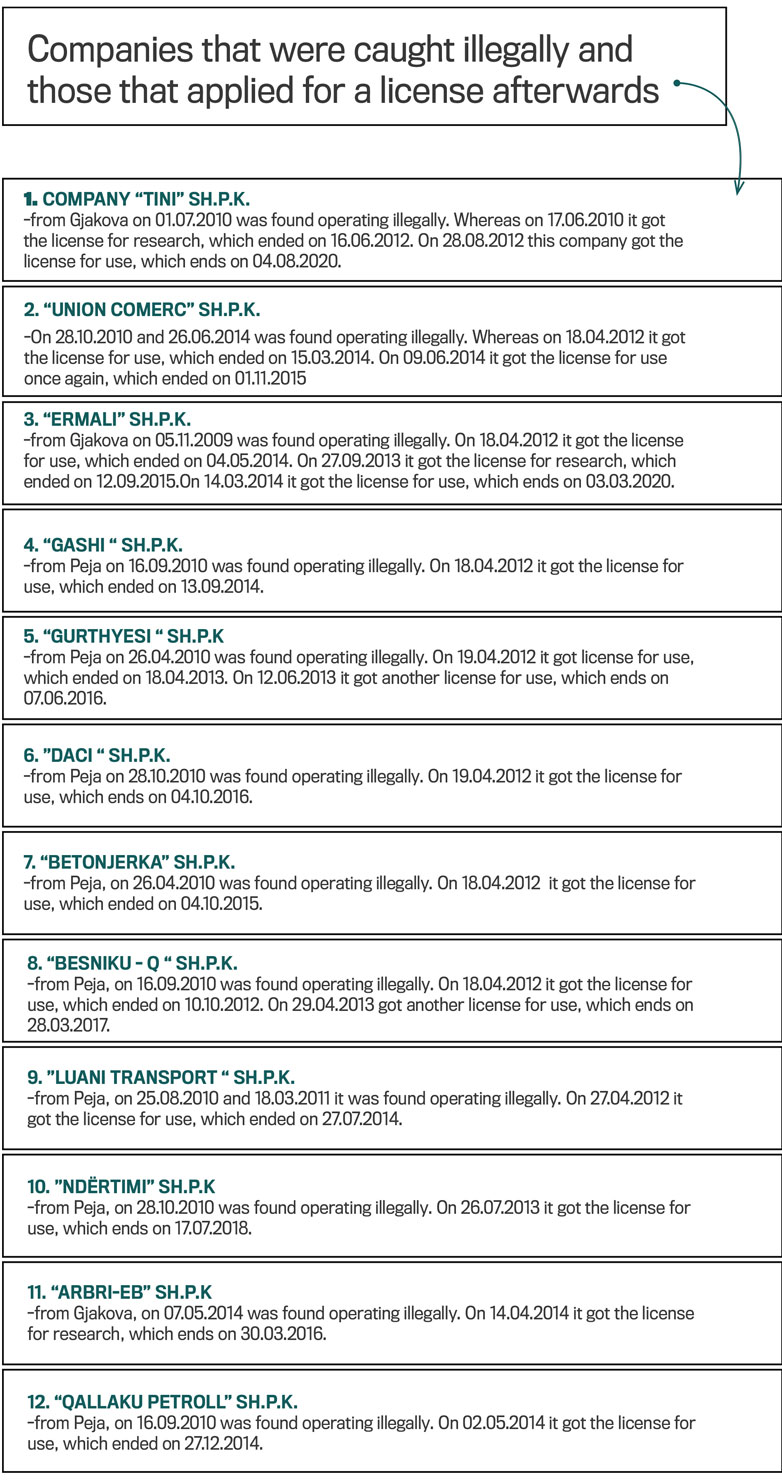
The Ministry of Environment was accused by companies that exploit inert materials that its decision to entirely suspend the extraction of this mineral was taken with the aim to provide more space to stone pits. Former minister of MMPH, Dardan Gashi, during an interview for Preportr, admitted to have heard about these accusations, but he was rather in favor of deceleration of the expansion of exploiters of stone and grit, taking into account the scarcity of water resources in Kosovo.
“Well, something must be used in order to construct. I can say that Kosovo has more mountains than rivers, – if we are to trivialize this matter – and that which we have less deserves more protection”, he says.
Gashi admits they have done little to stop the work of stone pits. He says they had made plans to deal with this after tackling the problem of rivers, but his mandate came to an end.
Zeqir Veselaj, environment expert, says that the environment is damaged a lot both by sand and grit exploiters and by stone pits. He tells us that after extracting the stone, these stone pits must rehabilitate the surroundings where they had conducted the activity, but in no case have they done this.
When it comes to the exploitation of sand and grit, he says that the damage is quite bigger and it will take decades in order for the environment to recover.
The chain of consequences from riverbed scouring
Wherever a pit is dug close to rivers sand and grit appears. In their field visit, Preportr found new pits dug close to the rivers, a fact which shows that illegal operators continue with their work without being bothered by anyone. The huge pits in many parts of rivers have deviated the course of these rivers. Environment experts say that this is very dangerous and it poses a huge potential for floods and other damages that can be a result of these deviations.
Former minister Gashi thinks that the decision of Kosovo Government to entirely suspend the exploitation of sand and grit in riverbeds was implemented 70 to 80 percent.
He says that in the beginning he was accused of hindering their businesses and that his aim was to suspend this business entirely, since it was very harmful for the rivers of Kosovo.
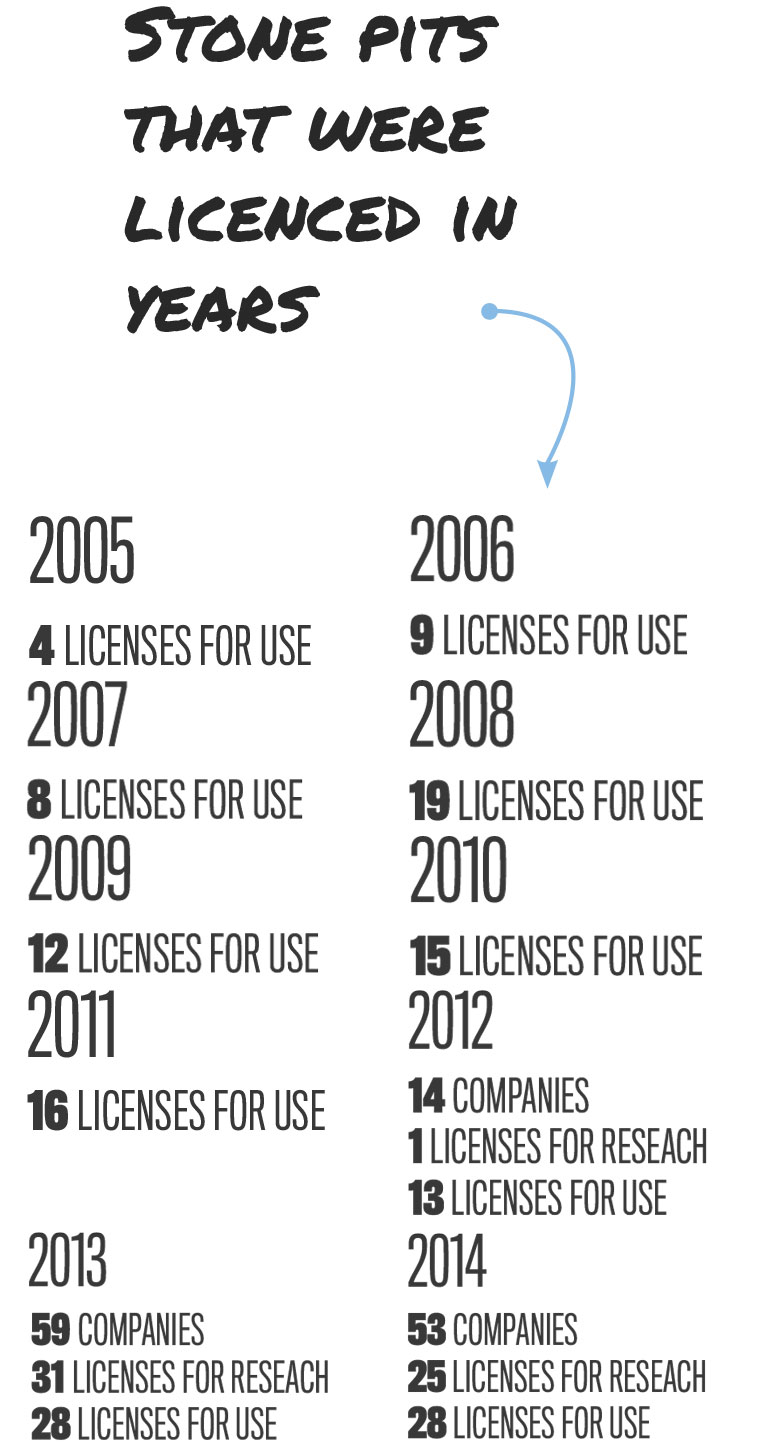
However, the decision was taken based upon a previous study.
“I do not know if there was a study, in its scientific sense; there were damages, documentation that raised the alarm about this matter. There were problems in terms of human victims, animal victims from the deviation of riverbeds, floods, material damages in the villages after the deviation, precisely in places where the riverbed was damaged unjustly”, he says.
The basis of the Ministry of Environment to push forward this matter came from videos that KFOR recorded from the air.
“A huge damage caused by riverbed deviation was visible especially during autumn and spring, not to mention the biological aspect of the rivers where interventions caused total destruction, in terms of living organisms there”, says Gashi.
He stresses the good cooperation they had with residents living close to the damaged areas. According to him, they used to inform this ministry about the damages caused to the rivers.
Former minister Gashi also mentions a number of other reasons for issuing the decision to completely suspend the exploitation of sand and grit in riverbeds.
“The residents used that water to water their fields through a certain canal. That water was then gone, went astray for example, or the levels dropped due to new opened pits, so the river could not push its water anymore. In towns like Peja, Gjakova and elsewhere there were also health problems”, he says.
According to him, health problems appeared because the water levels dropped and, unfortunately, by using rivers for sewage “the faeces were stuck in river flows, rivers could not push them further and this caused other serious problems”.
Gashi sys they knew there would be confrontations because it is not easy to close down 130 companies in one day.
“Then, there was fear from damaging the construction industry, but we had conducted a study finding that in no way will it be damaged, because it can be easily replaced with other stones - perhaps more secure in terms of construction since this grit is not secure enough to be used for high buildings, especially due to its consistence”, he says.
The decision of Kosovo Government was supported by individuals and NGOs that work in the field of environmental protection. One of them, Zeqir Veselaj, says that this is the best decision ever taken by the government, because rivers have been damaged a lot since after the war.

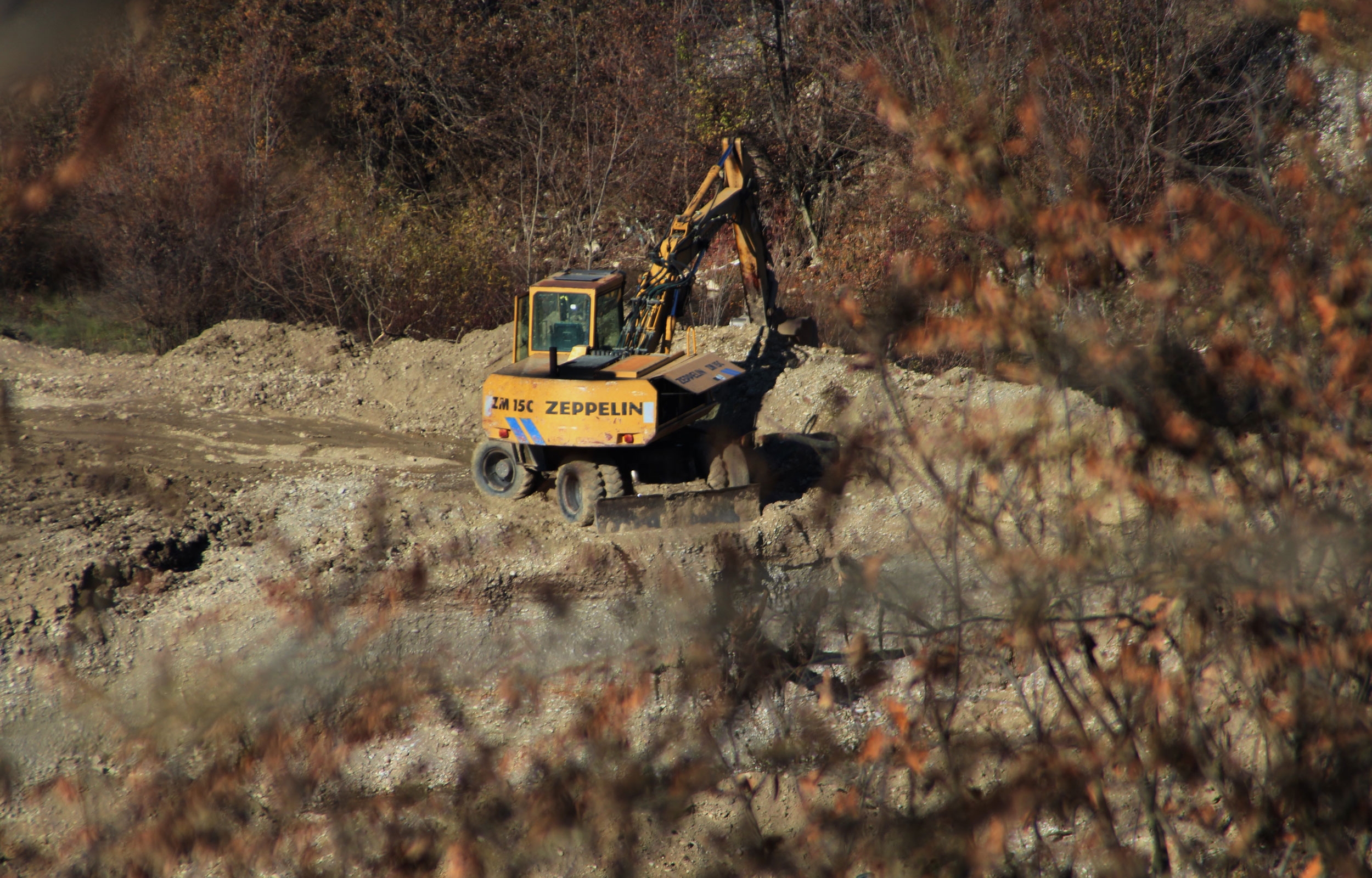
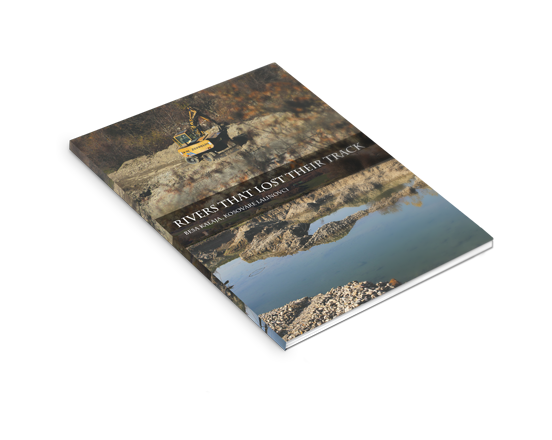
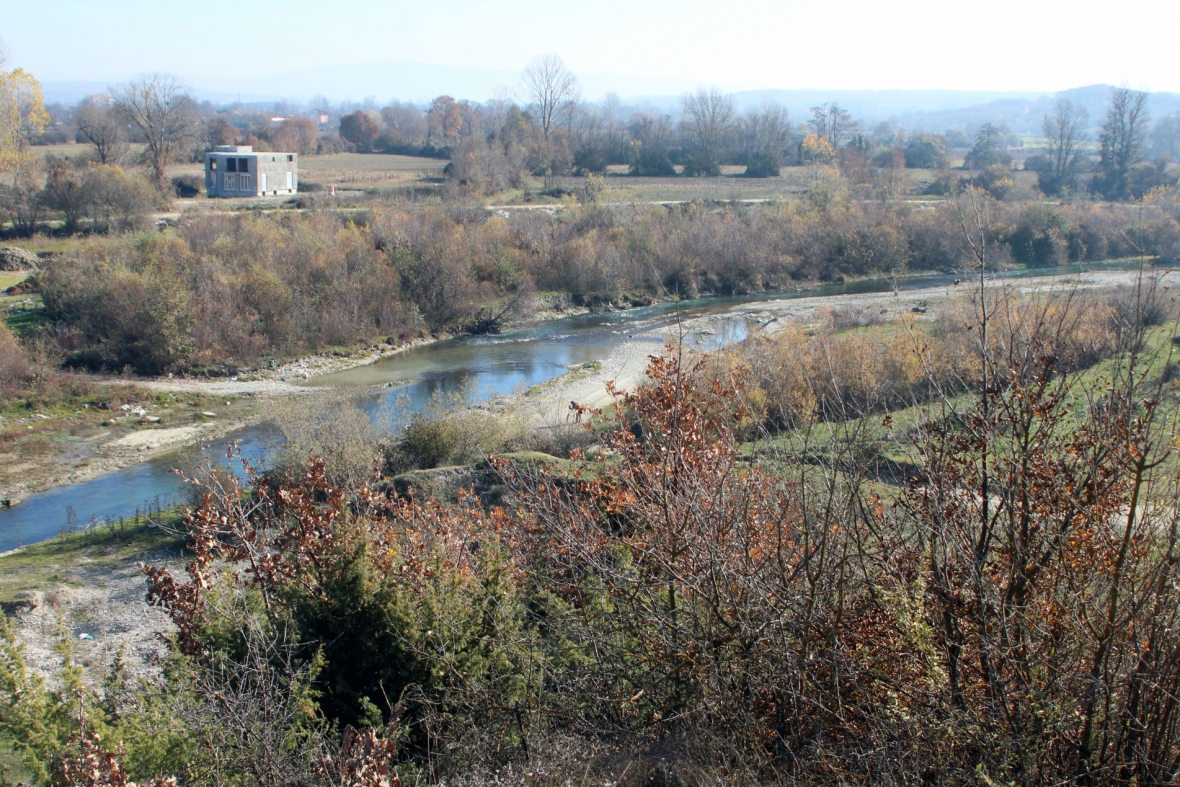
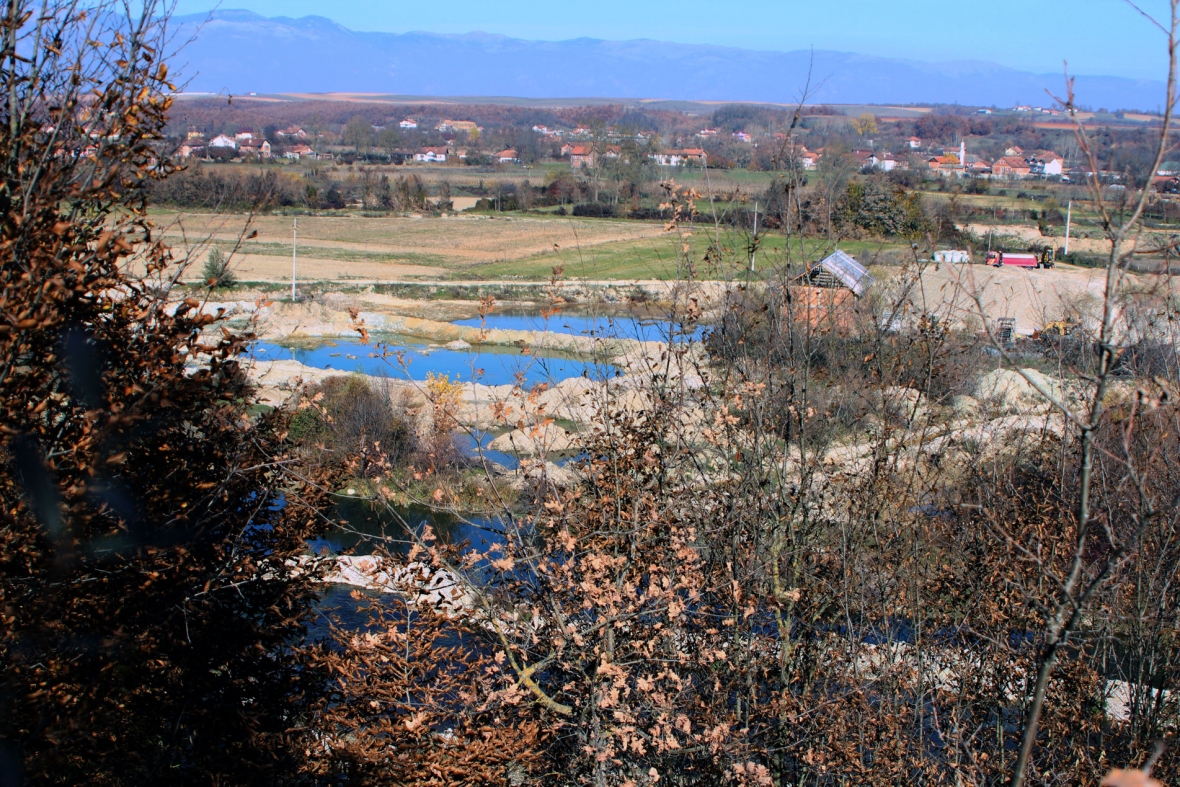
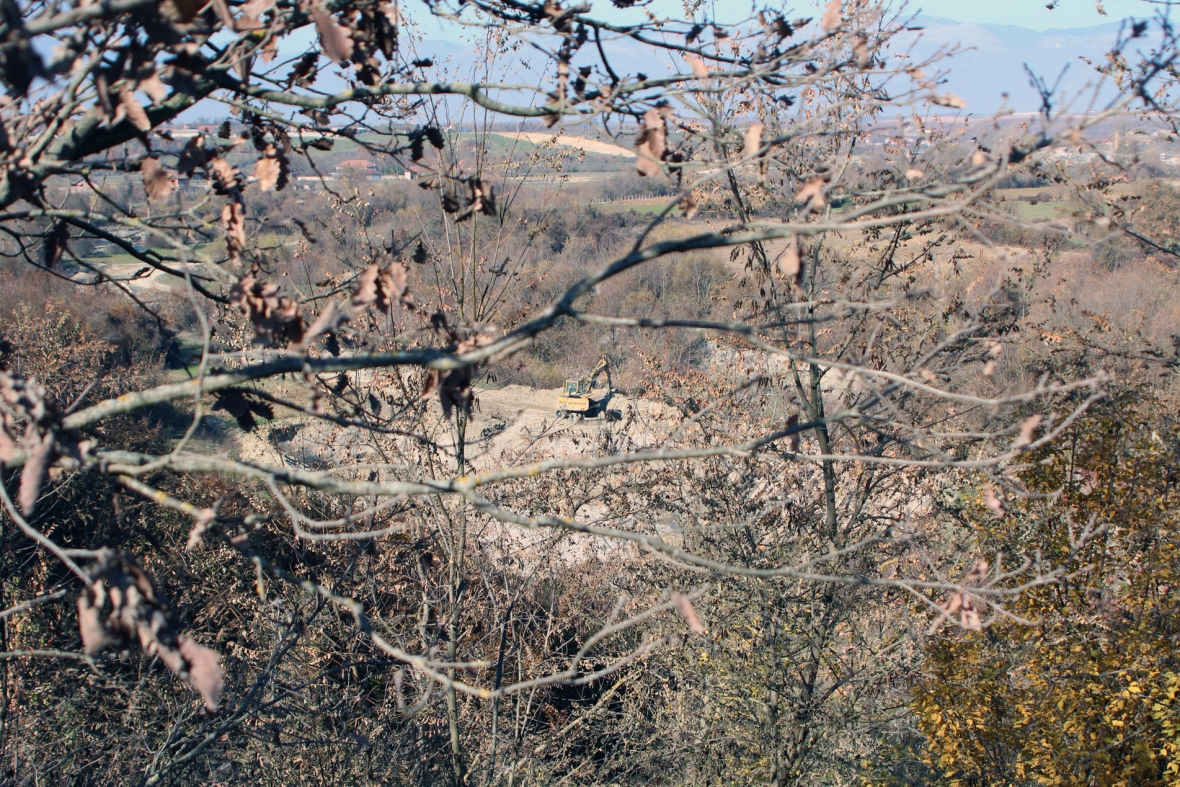
_zhavorri_4_830827.jpg)
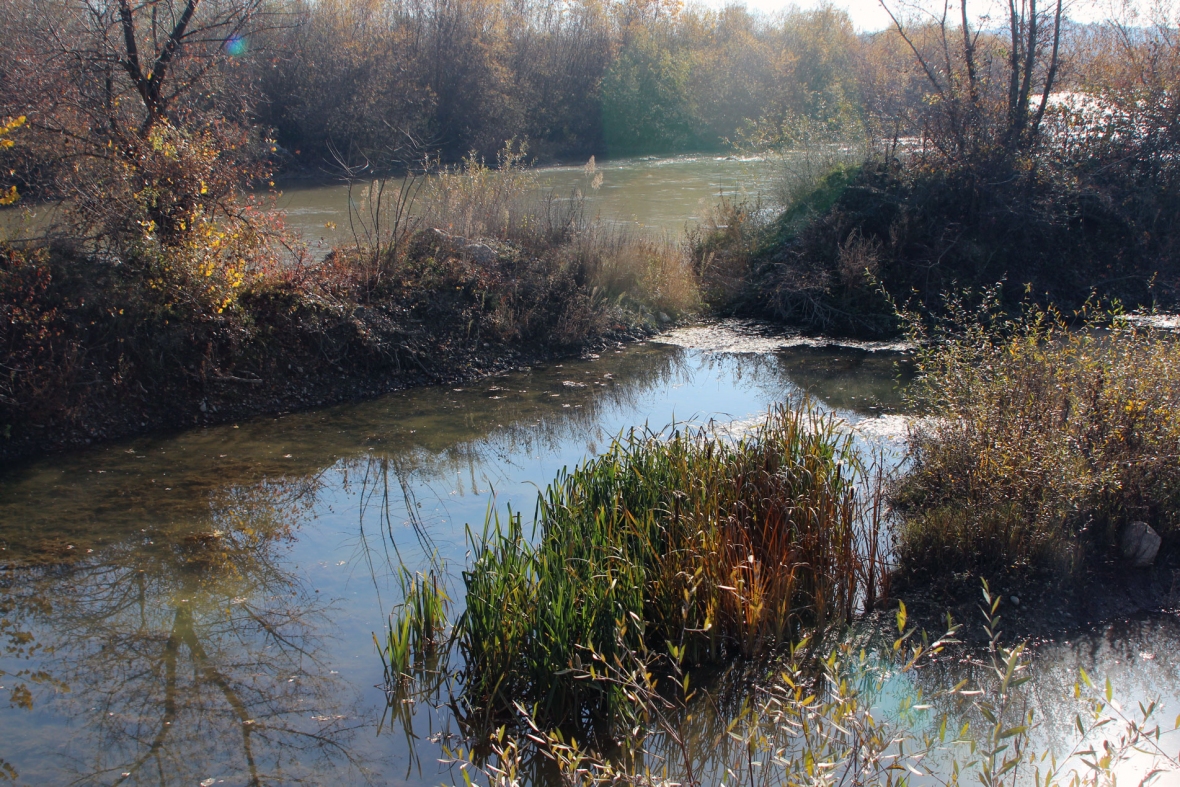
_zhavorri_6_983540.jpg)
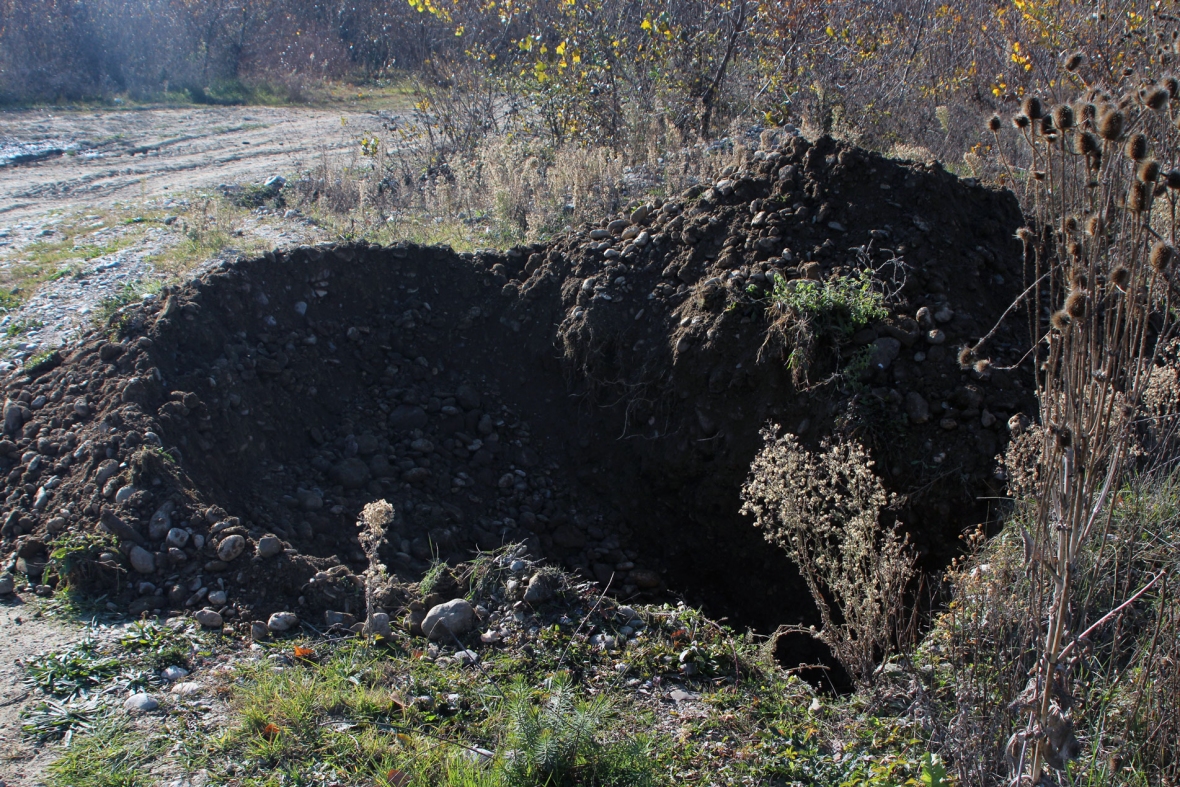
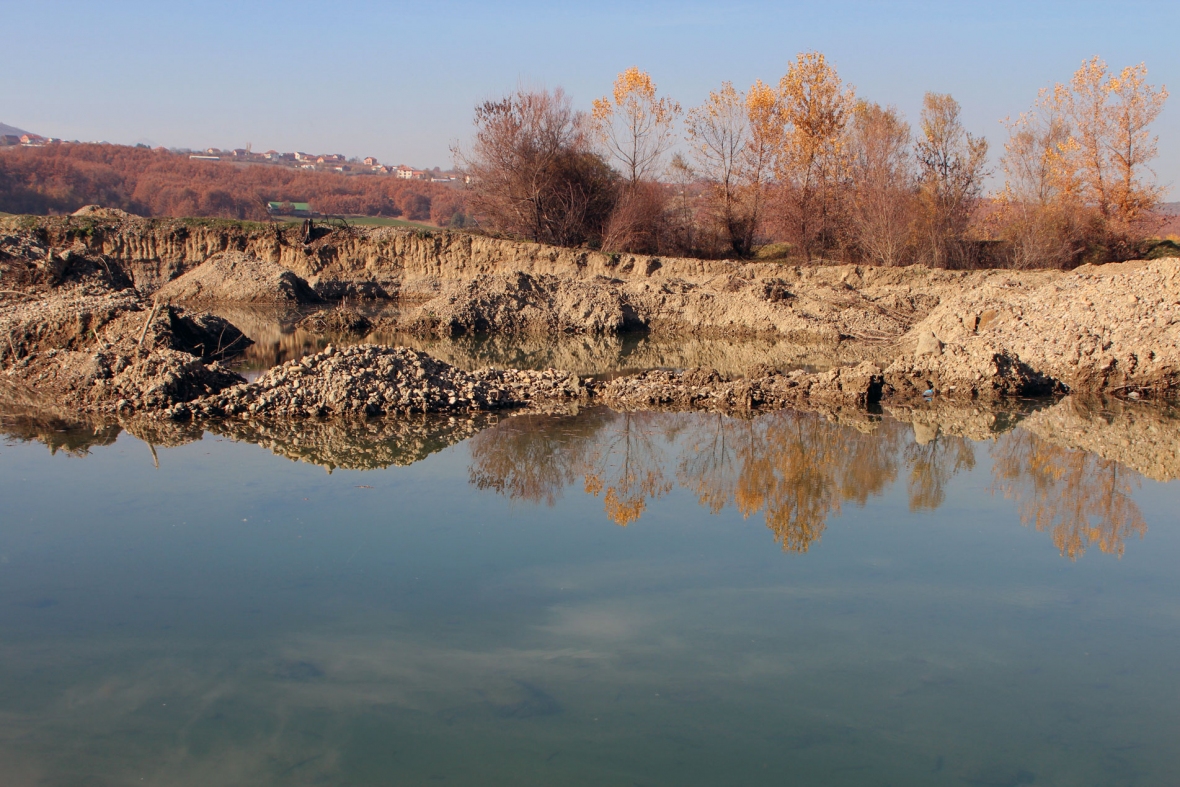
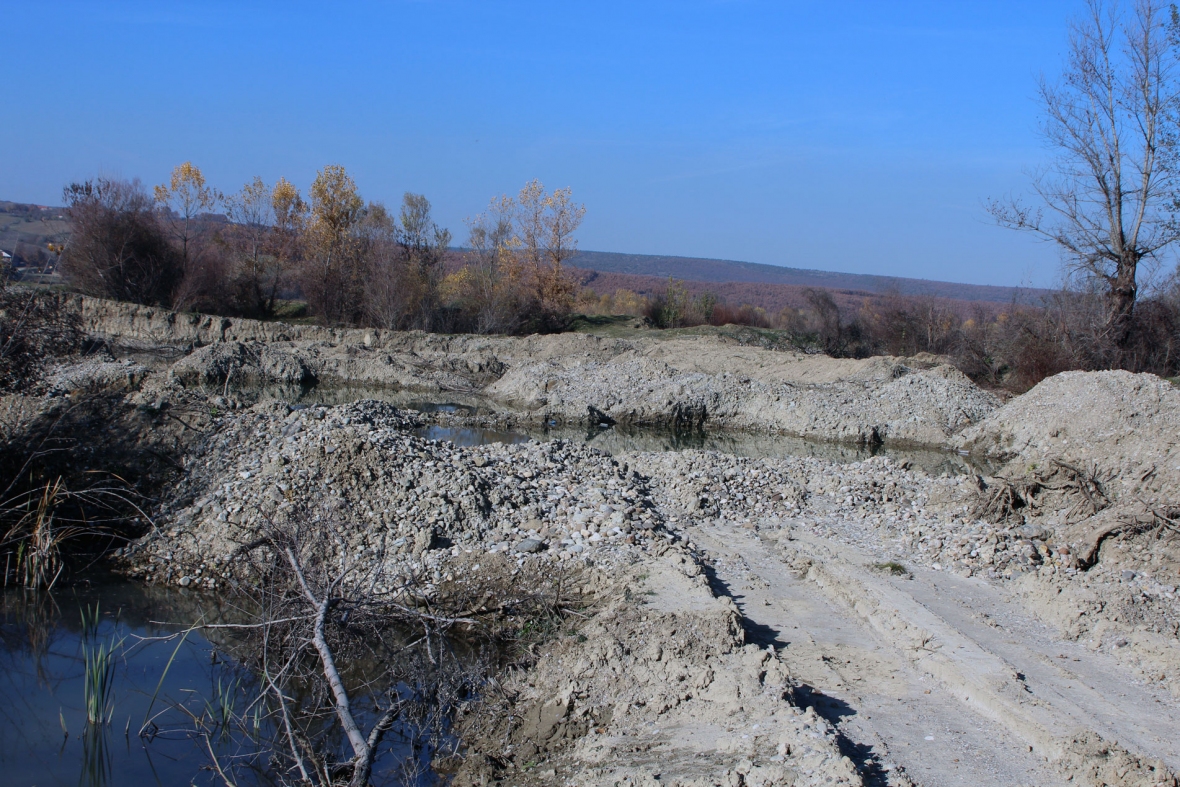
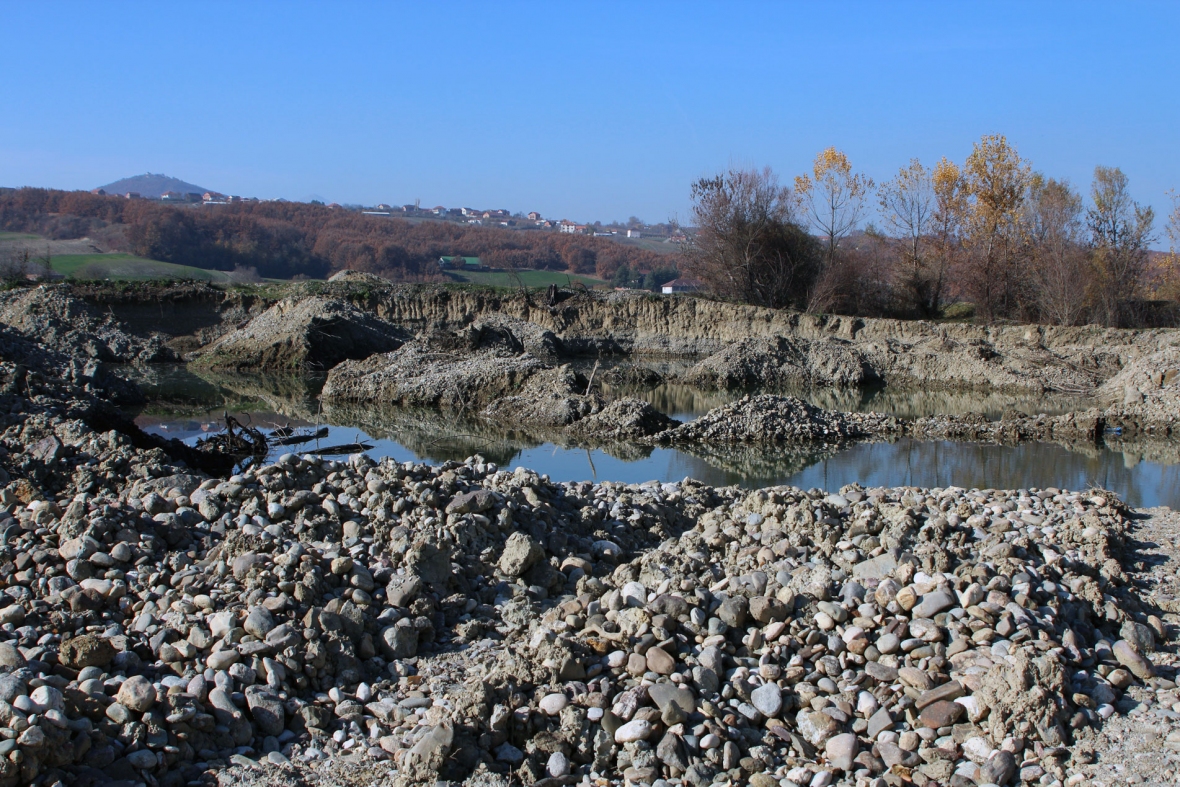
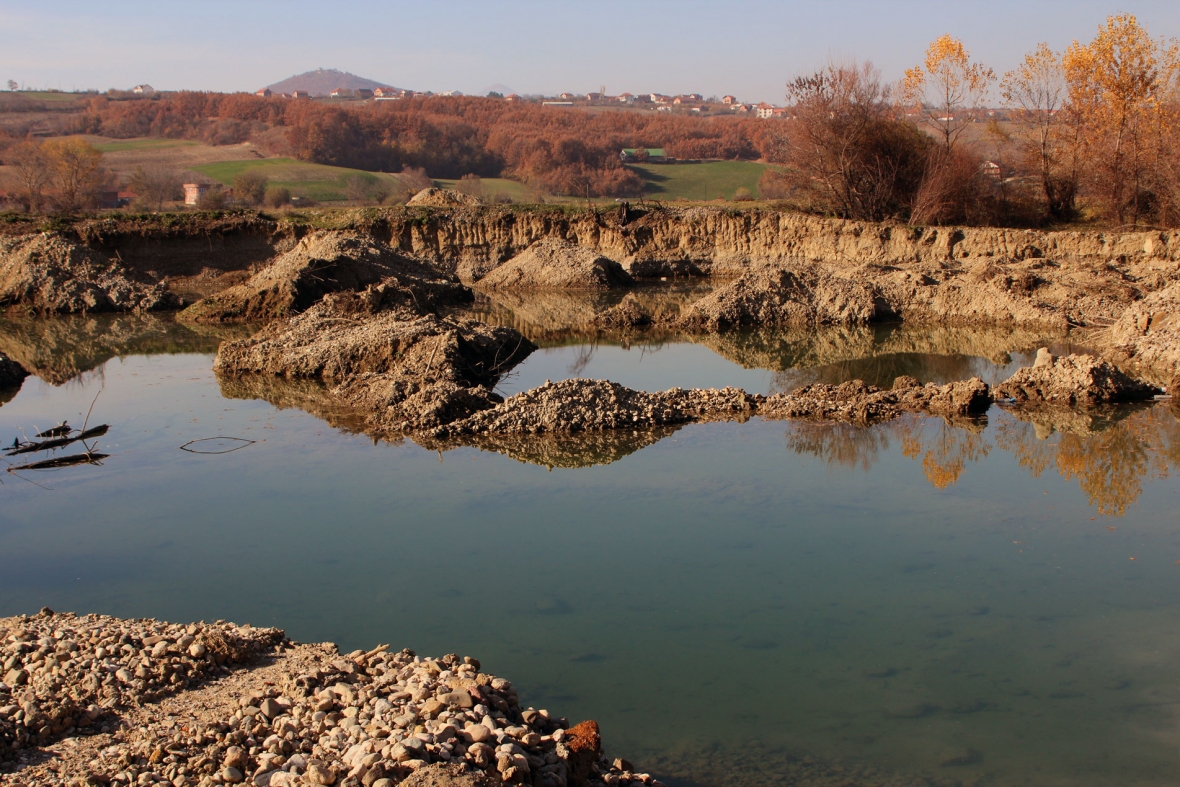
_zhavorri_12_599084.jpg)
